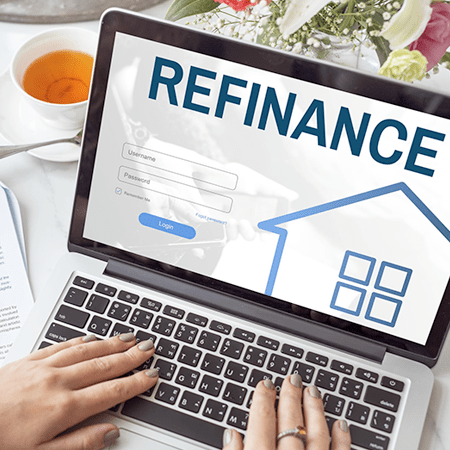Build your own house or buy a ready-to-move-in house? Which one is better?

Are you still on the fence about whether to build your own house or buy a house? No matter what your choice, make sure you first consider the costs, advantages and disadvantages, and other related things before owning your dream home. For those who fantasised to own a dream home, you will definitely look at […]
Kebaikan dan Keburukan Dalam Membiayai Semula Rumah Anda

Anda masih ragu-ragu untuk membiayai semula atau refinance rumah anda? Sebelum membuat keputusan sama ada untuk teruskan atau tidak, jom bandingkan kelebihan dan kekurangan membiayai semula rumah di dalam artikel ini. Jika sebelum membuat pinjaman perumahan dahulu, anda perlu membuat kajian serta mendapatkan ilmu tentang pinjaman perumahan mana yang terbaik untuk anda, sebelum meneruskan pembelian, […]
10 Qualities of a Good Neighbourhood
Anyone who has ever bought a house knows that this can be scary. Sometimes you find out that the house is nothing like you wanted it to be, only to find out too late. That’s why it’s important to know which neighbourhood is the best fit for you. The perfect house is not necessarily the […]
Common Rituals And Taboos Moving Into New House
Feng shui is a pseudoscientific traditional practice originating from ancient China, which claims to use energy forces to harmonise individuals with their surrounding environment. The term ‘feng shui’ literally translates as “wind-water” in English, and is considered as one of the Five Arts of Chinese Metaphysics, classified as physiognomy (observation of appearances through formulas and […]
Savvy With Property Abbreviations
Planning to buy your first house? There’s really no better time to do so! Especially with the HOC extended till the end of 2021, as well as BNM maintaining its OPR at an all-time low of 1.75%. You also happen to have a healthy DSR? Great! Hold up, you look confused, did all these abbreviations […]
When Is The Right Time?
The past decade has witnessed an upward trend in property prices. However, the past two years have taken a halt in the trend due to oversupply and added pressure to keep the prices down caused by the pandemic. Owning a property involves a long time commitment which will affect one financial situation. Much thought is […]
What If?
What if I bought my first house 5 years ago, what if I listened to my family and friends to start saving for my own property instead of spending lavishly on trivial things. What would’ve happened if I didn’t do it properly last time and just do things according to my guts instead of doing […]
Buying Your First Home
There are 2 keys every Malaysian should have in their lifetime; car keys and house keys. You already have the car, and now you’ve finally reached that stage in your life where you want to have a place to call your own. Be it for personal or investment, buying your first property can be a […]
Factors To Be Considered Before Buying A Property
After months of searching, you’ve finally found your ideal home. But before you sign on the dotted line, here are a few things you might want to consider: Which way does the house face? This is essential, especially when it makes a difference between an overly heated home with little ventilation and an airy home […]
All You Need To Know About Mortgages
Finding the right home can be tricky, from the location, to the type, the design as well as size. But eventually it all comes down to what you can afford. As we’ve mentioned earlier, it’s very important to differentiate between wanting to buy a property and being able to afford one. Here, we’ll be talking […]


